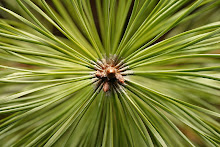The group's aim was to reject the mechanistic and frivolous painting style of the time and return English art back to realism and nature. They wanted to revive the abundant detail, intense colors and complex composition of the early Italian Renaissance and Flemish art. The Pre-Raphaelites were the first important movement in art although some have argued with that designation since the movement depended on historical, especially Medieval subject matter and the imitation of nature as central to their work. Many critics, among them Charles Dickens, considered the Pre-Raphaelite's fascination with medievalism as backward looking and their attention to detail as harsh and unsightly. Eventually the movement had an unofficial split with the realist side led by Hunt and Millais and the medievalist side headed by Dante Rossetti and followers Edward Burne-Jones and William Morris. Additionally, as an aspiring poet, Rossetti wished to unite both Romantic poetry and art.
Rossetti's influence on William Morris enabled him to also influence many architects and interior designers to adopt the ideals of the Pre-Raphaelite Brotherhood and their interest in Medieval designs and other crafts. This led directly to the Arts and Crafts Movement headed by William Morris. The Pre-Raphaelite Movement influenced the work of many British artists (some of whom I will profile in upcoming blog posts) well into the 20th century. In the later century art moved away from representing realism, and the work of the Pre-Raphaelites, who were passionate about attention to detail to a near photographic precision, was derided and devalued by critics. More recently there has been a resurgence of interest in the movement and their work.




























No comments:
Post a Comment